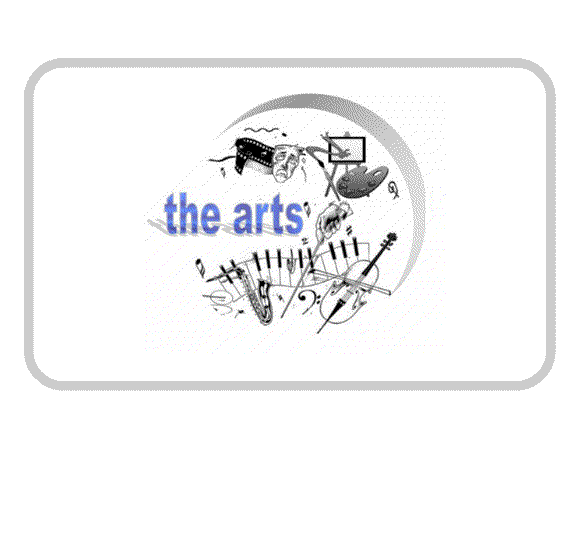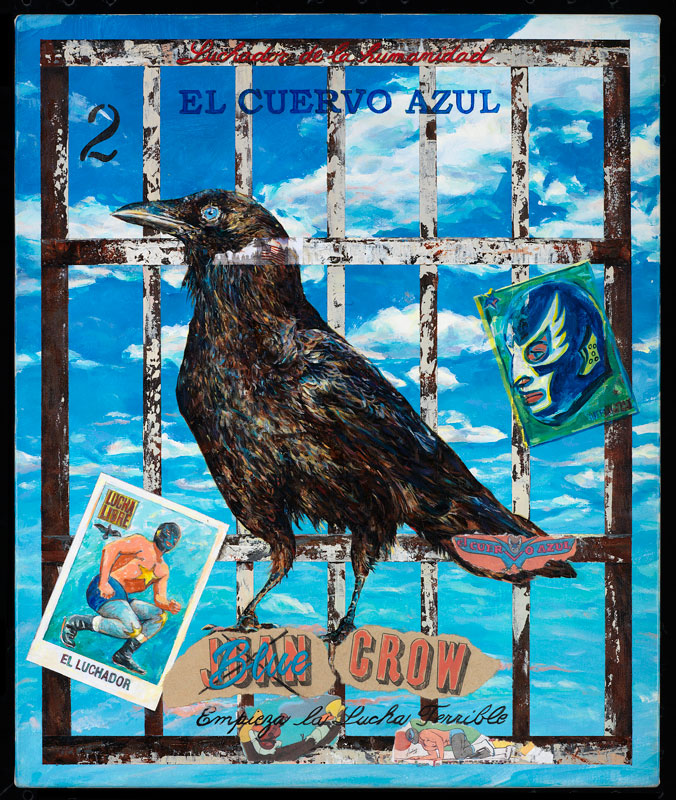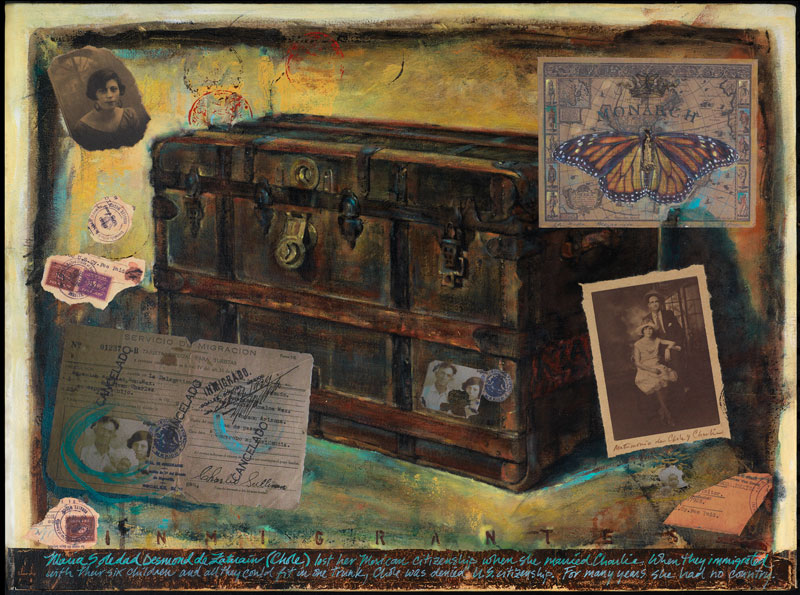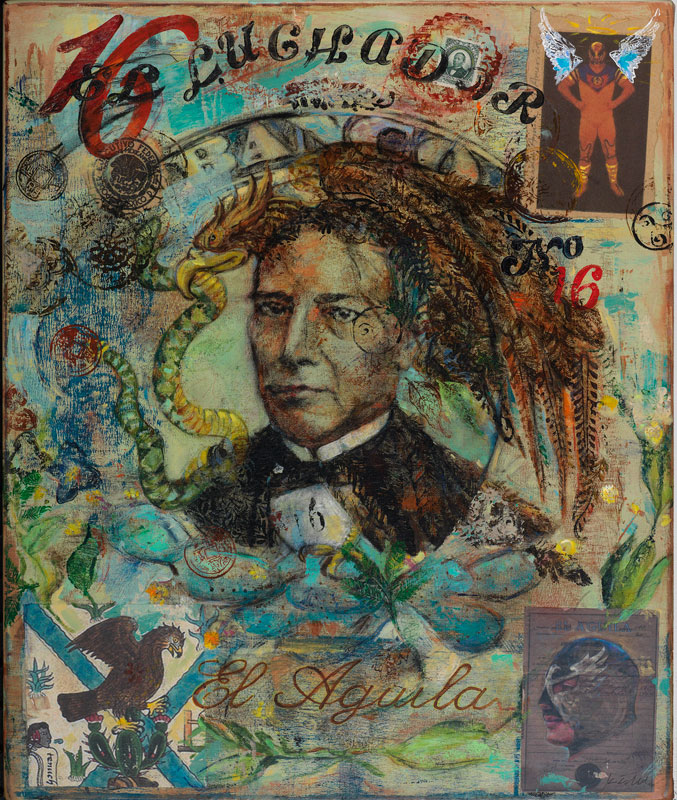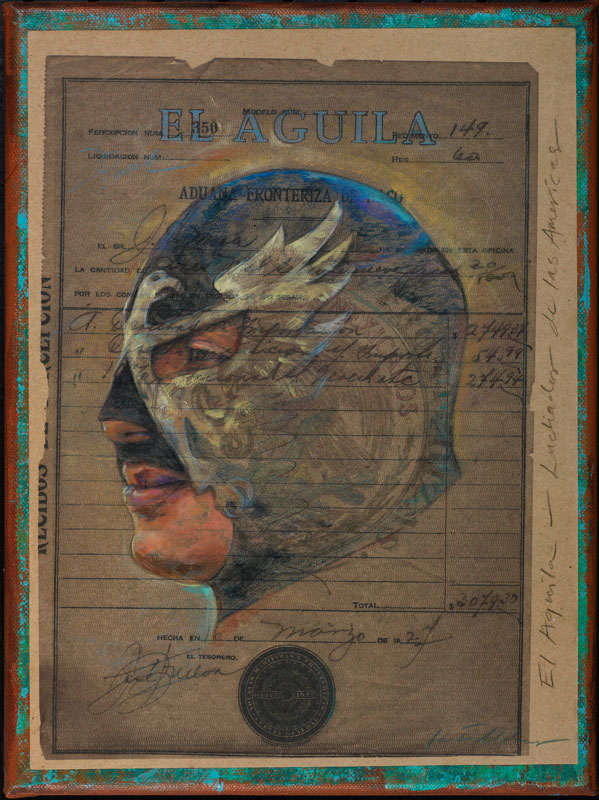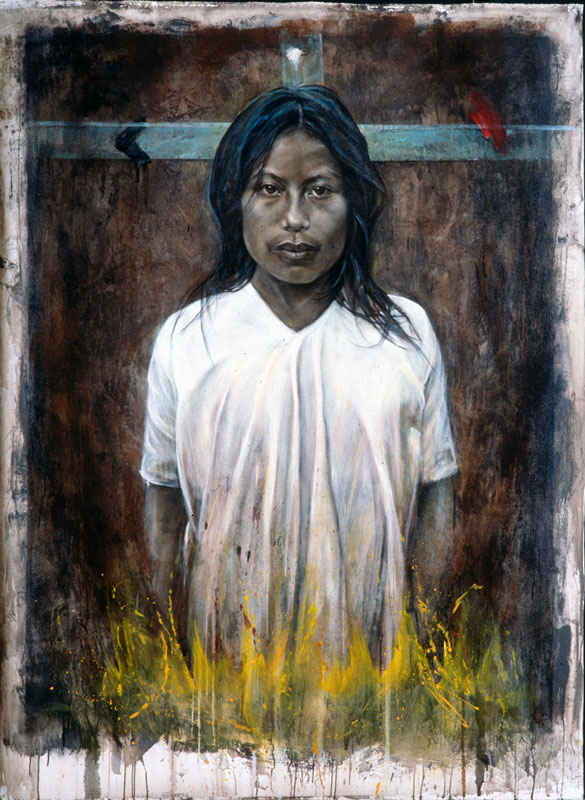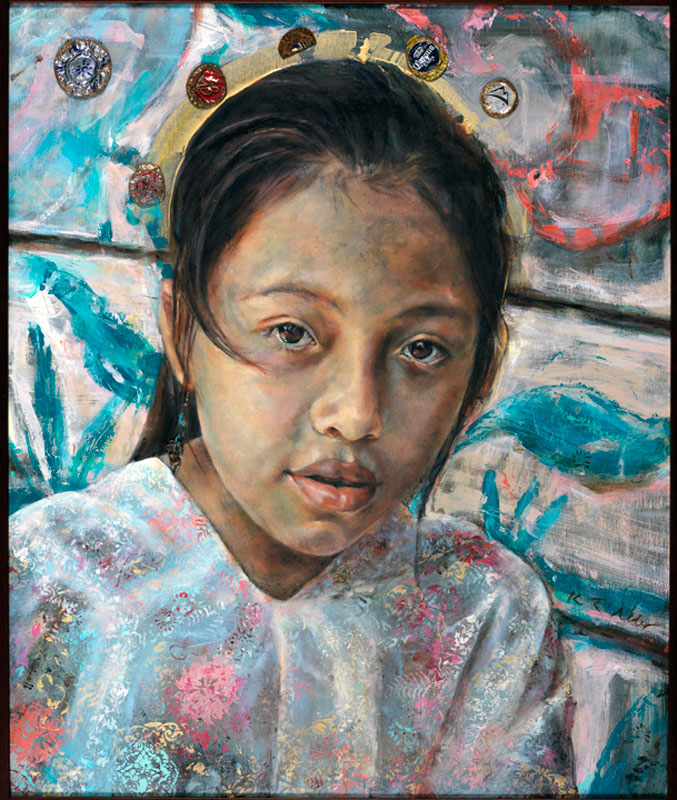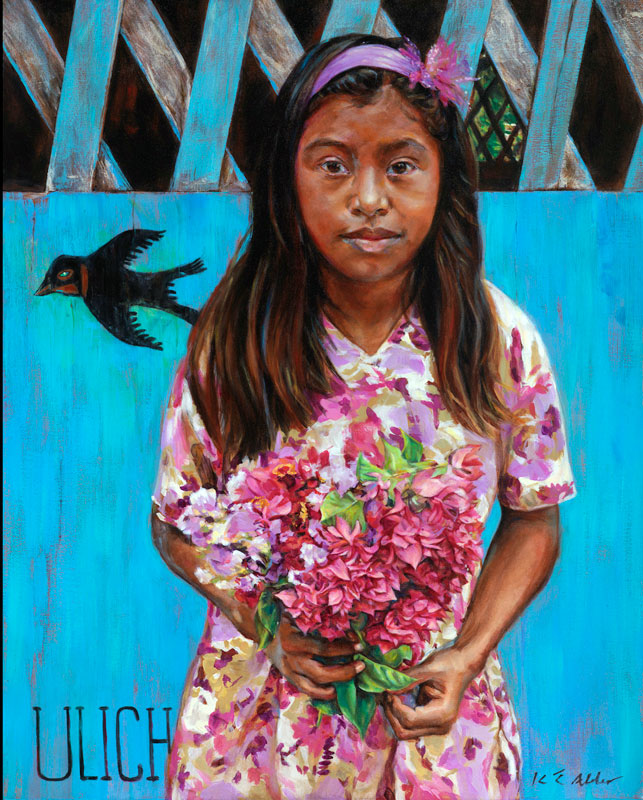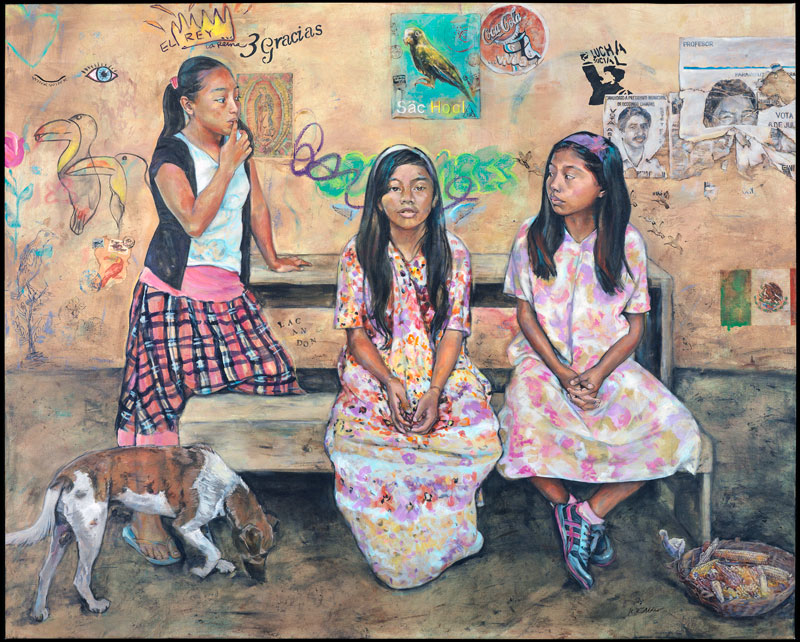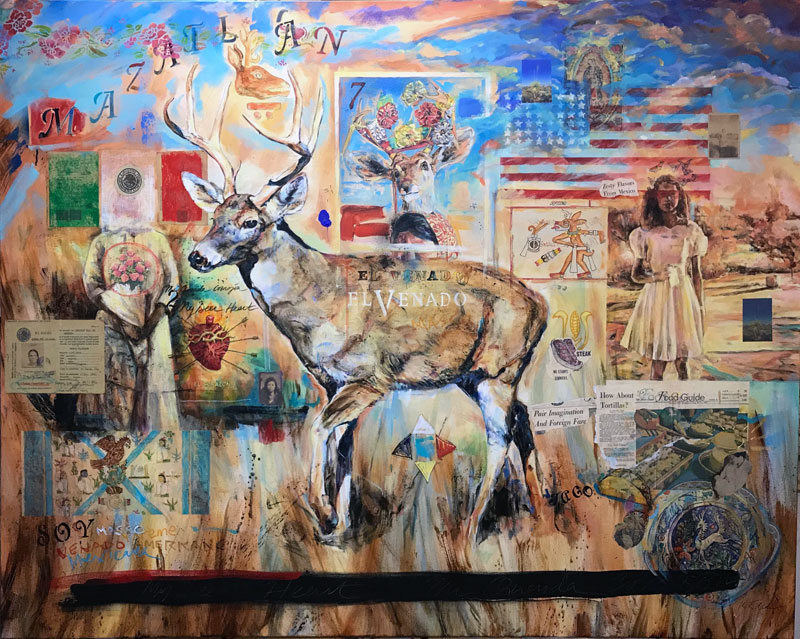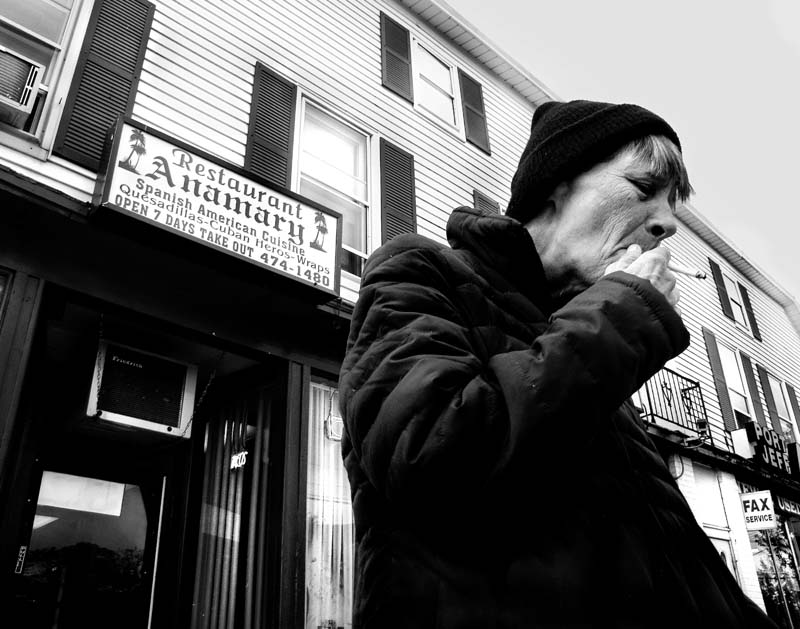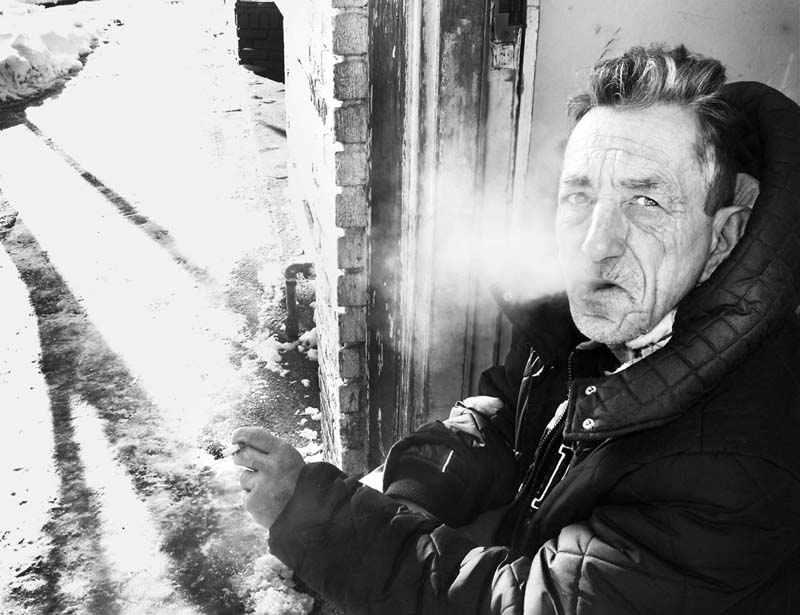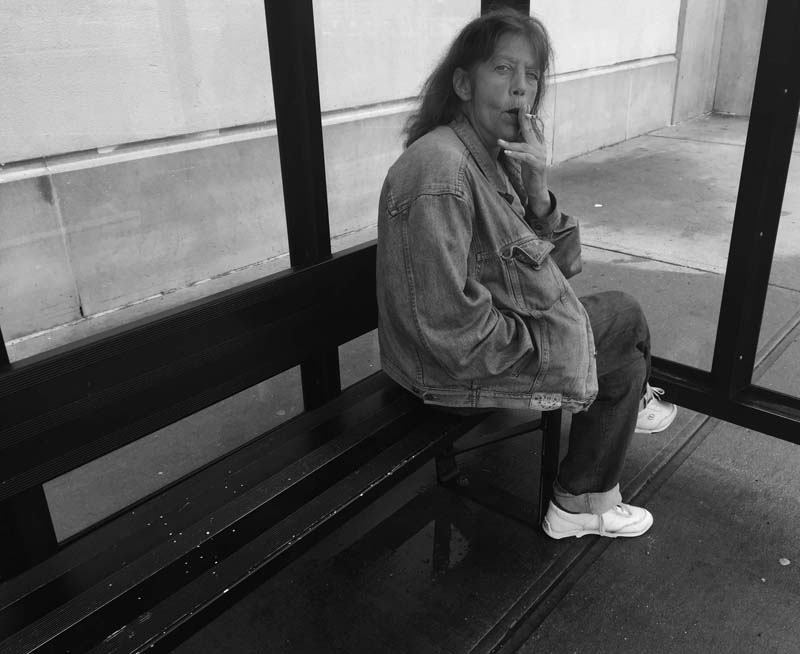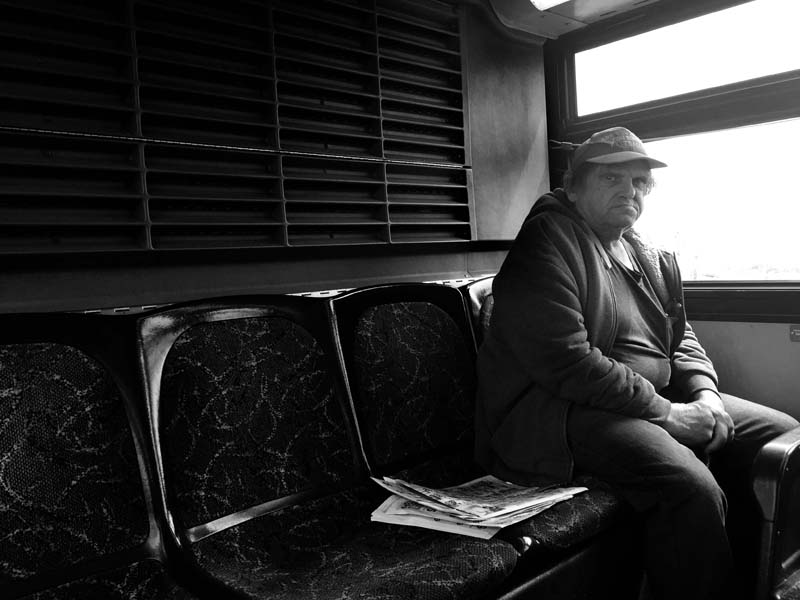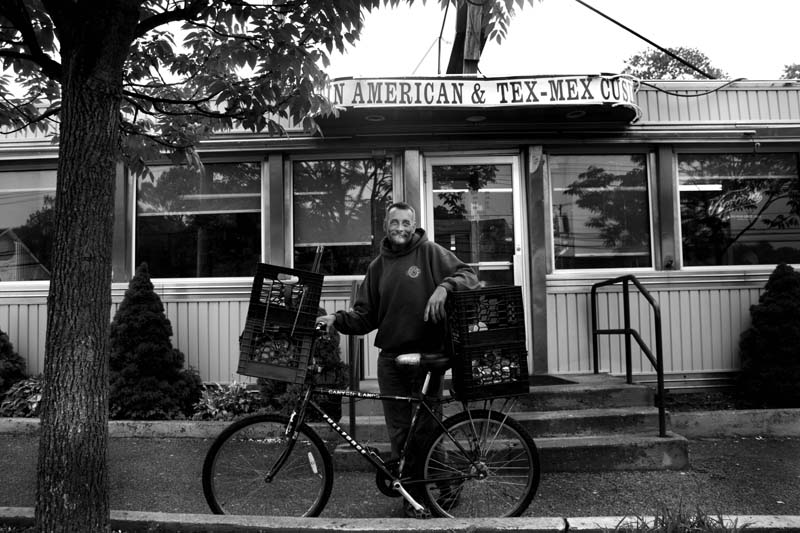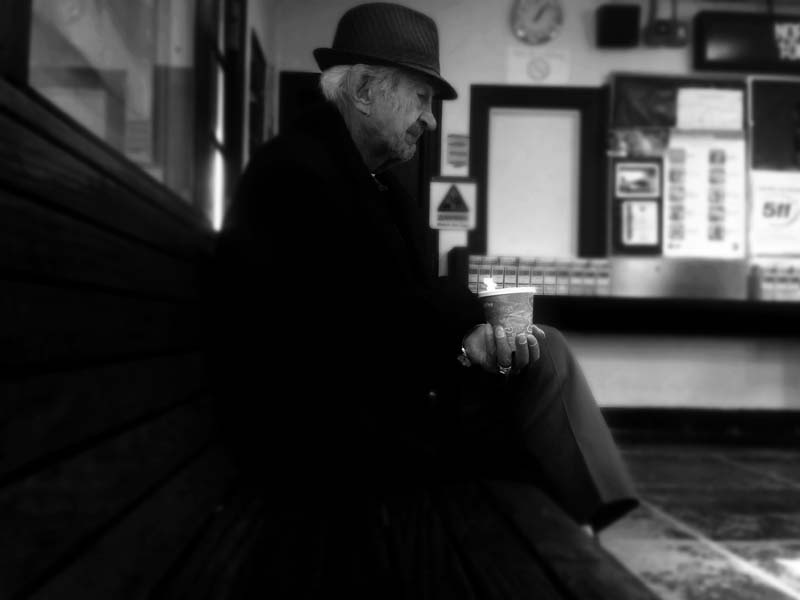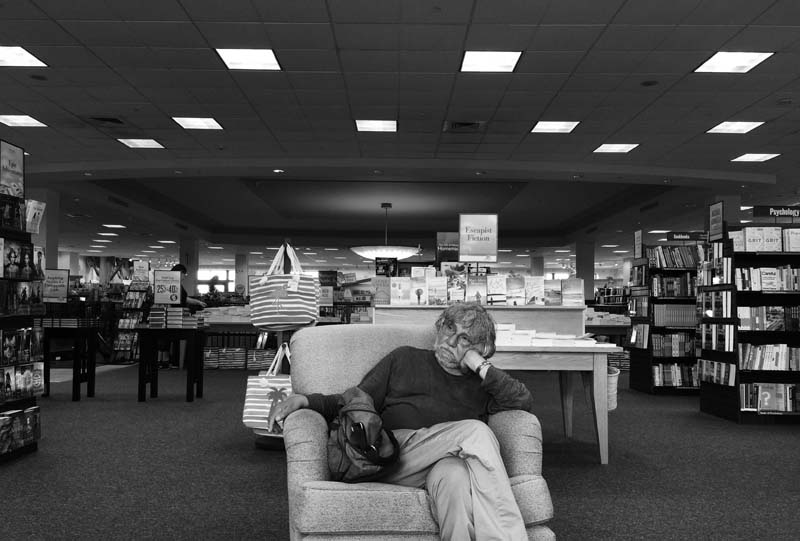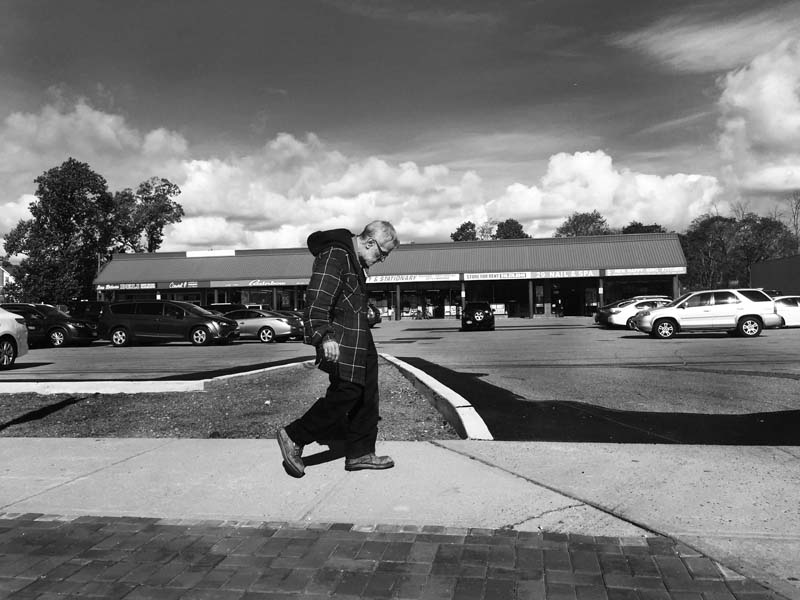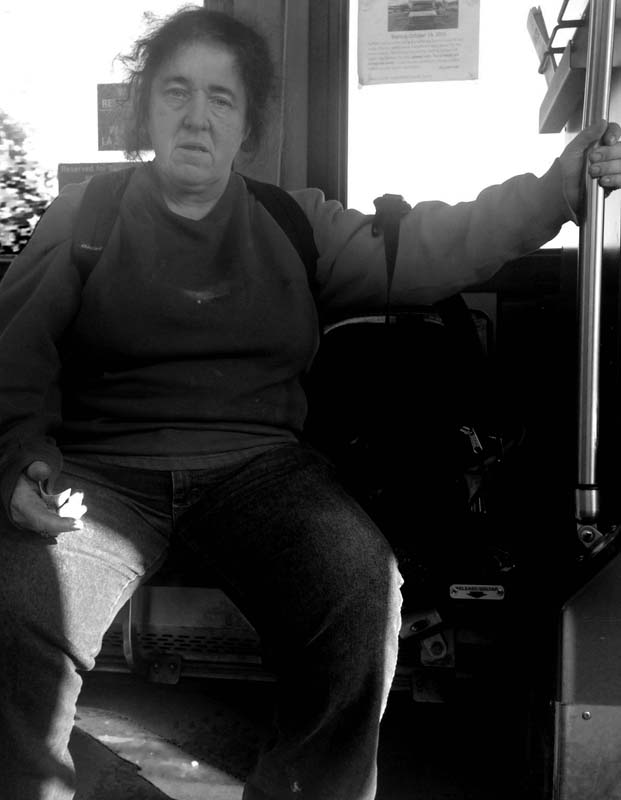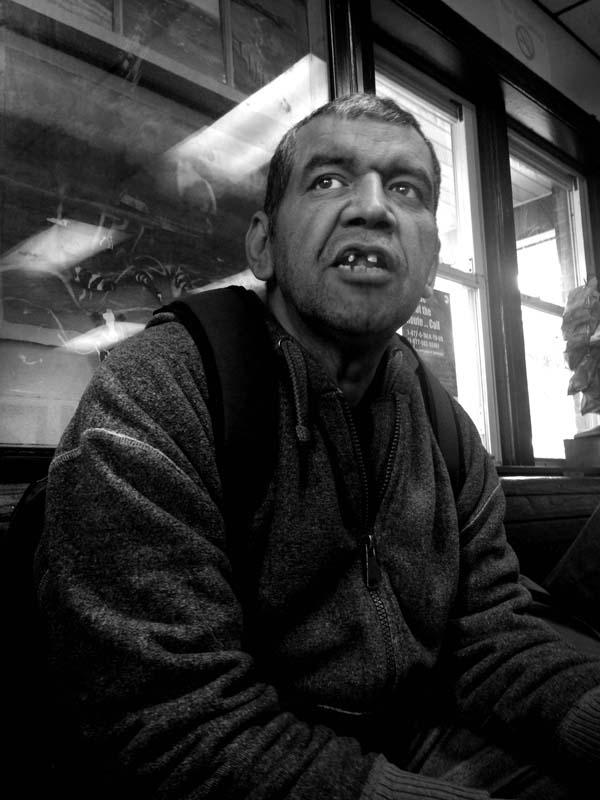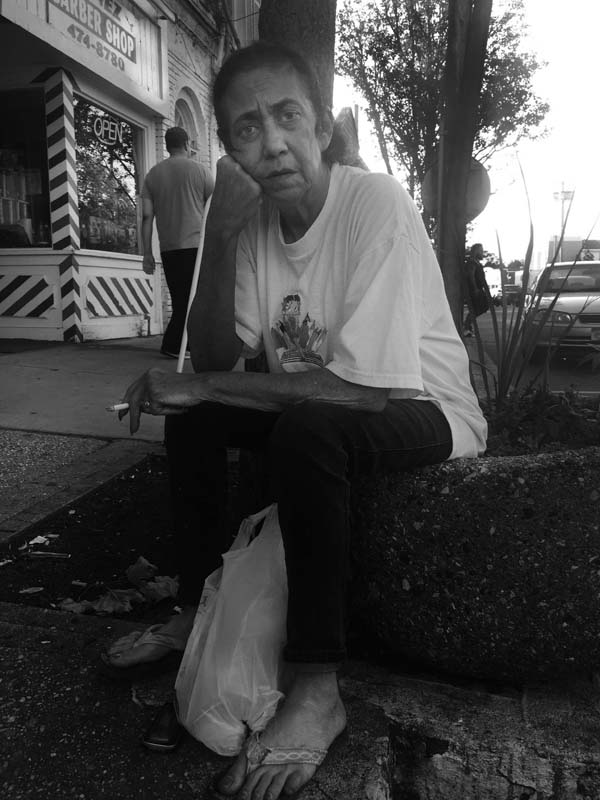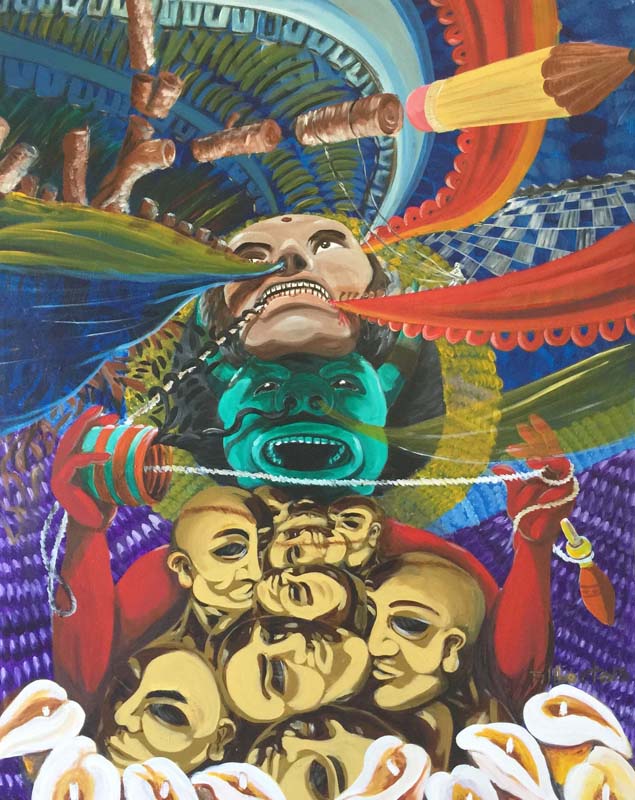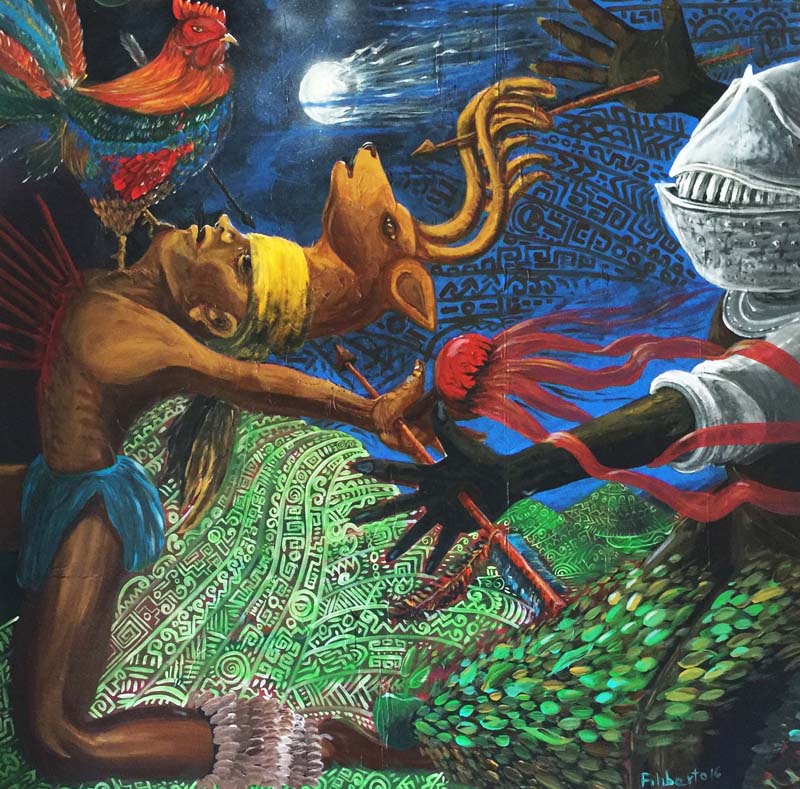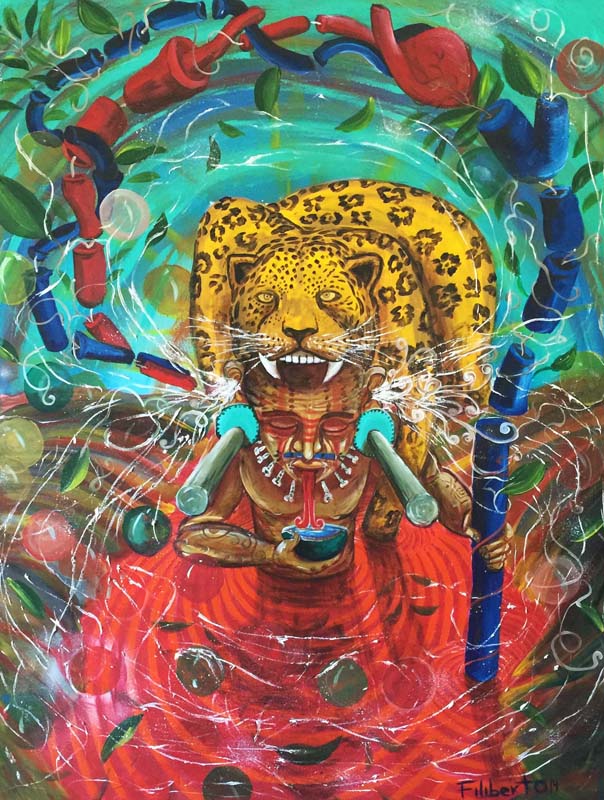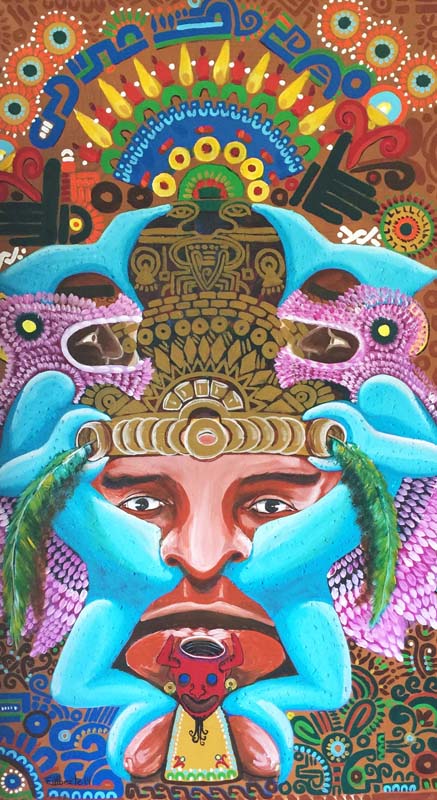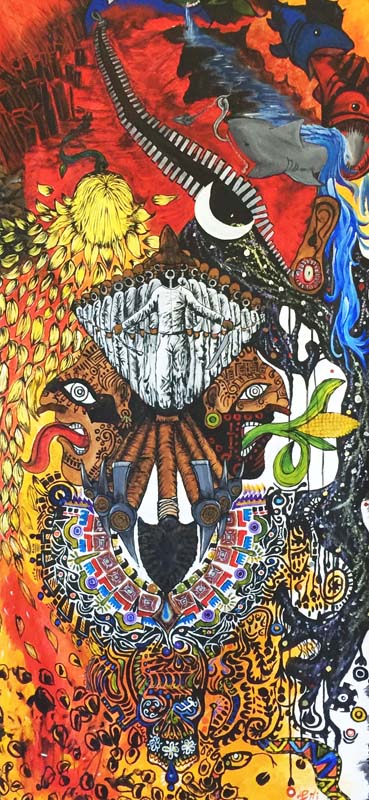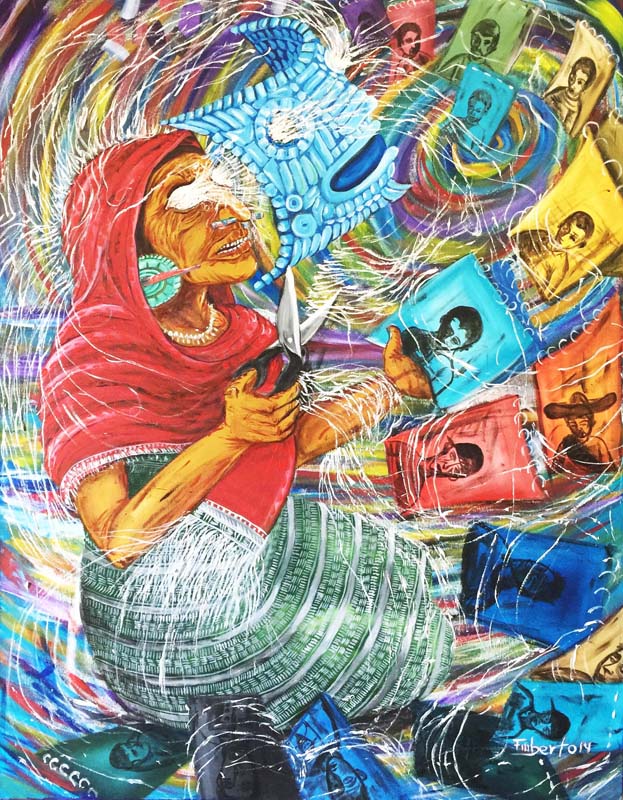The Merging Cultures exhibit project strives to inspire the creative voices of people who have come to America from other countries and assist them in navigating within and between their different cultures. Art can be one of their strongest tools for assisting people in finding ways to connect to new communities, to articulate their values and beliefs and to better understand those of their new neighbors.
Community building arts projects brought people to the gallery as art-making participants, rather than simply spectators. We invited immigrant children and their families into Mills Pond Gallery to actively engage them in the process of making art, giving them a tool to process their own immigrant experiences. The workshops, created by exhibiting artist Kelynn Alder were offered Sundays in July and August at Mills Pond Gallery free of charge to participants. The work of participants will also be exhibited in the Merging Cultures Exhibition.
Exhibiting artists Kelynn Z. Alder, Carlos Morales, Filiberto Perez and Shajee Haider draw their inspiration from a broad range of themes, from immigration to cultural assimilation and family values. The work presents a snapshot of the rich customs and traditions that their cultures have woven into their American lives.
Special thanks to Kelynn Z. Alder and Carlos Morales for their support of this project and to SEPA Mujer for their participation in our Self Portrait Workshops.
Kelynn Z. Alder is an accomplished artist whose portraits have been commissioned by notable publications such as The New Yorker, Time Magazine and Australian Geographic as well as many private collectors. She is also internationally recognized for documenting indigenous people and their artifacts. Kelynn is of Mexican American heritage and grew up with a family that lived in several countries and traveled extensively. At a young age, she learned to appreciate a wide range of the world’s living cultures and became fascinated by peoples’ diverse backgrounds. Portraits of everyday people from all corners of the world, but most especially Mexico remain her favorite subject matter.
Carlos Morales is currently pursuing his BFA in Photography and Related Media at the Fashion Institute of Technology and holds an AAS in Photographic Imaging from Suffolk County Community College. Photographing diverse people in their unique environments, much of his work points to the humanity we all possess, especially the dignity of the so-called “outsider.” Assisting a photographer sent by the Southern Poverty Law Center to document hate crimes in Suffolk, he also contributed photographs to Climate of Fear: Latinos Immigrants in Suffolk County. Carlos published photographs and prose in the 10th anniversary edition of Hybrido, a Spanish arts and literature journal, and co-authored “On Hate Crimes” for the 11th edition of the same journal. Honored as a recipient of the Equality Award given by the Suffolk Chapter of the NY Civil Liberties Union (2010), he continues to use photography to advocate for social justice.
Filiberto Perez was born in Mixquiahuala, Mexico. Using pencil and pen during his early years, due to a lack of financial resources, he was introduced to the use of paints, brushes, Crayola and other materials later during his high school years. Having engaged in subjects as diverse as the Statue of Liberty, as well as Aztec and religious figures, Filiberto's work reproduces familiar visual signs arranging them into conceptually new pieces. Being able to draw and paint after a long day of work in construction serves as a form of meditation, allowing him to express all the contradictions inherent in the many injustices suffered by those who are marginalized for one reason or another, including himself.
Shajee Haider’s bronze sculpture is “A tip of the hat if you will, to all who take that first step into the unknown. I wanted to create that first step that every immigrant individual makes, every immigrant family makes, whether they are trying to move due to security purposes or to improve their lives. Everything revolves around that first step, the first step towards a better life, the first step to leave the familiar behind and embrace the new unknown. This is not a lite decision but a rather strong, bold and firm one. Hence my choice of material, bronze is solid, strong and difficult to manipulate, much like the immigrants and their will. The rock on the other hand represents the unknown territory which is the new lifestyle, the new struggles, the new culture and the new challenges the immigrants will have to face.”
